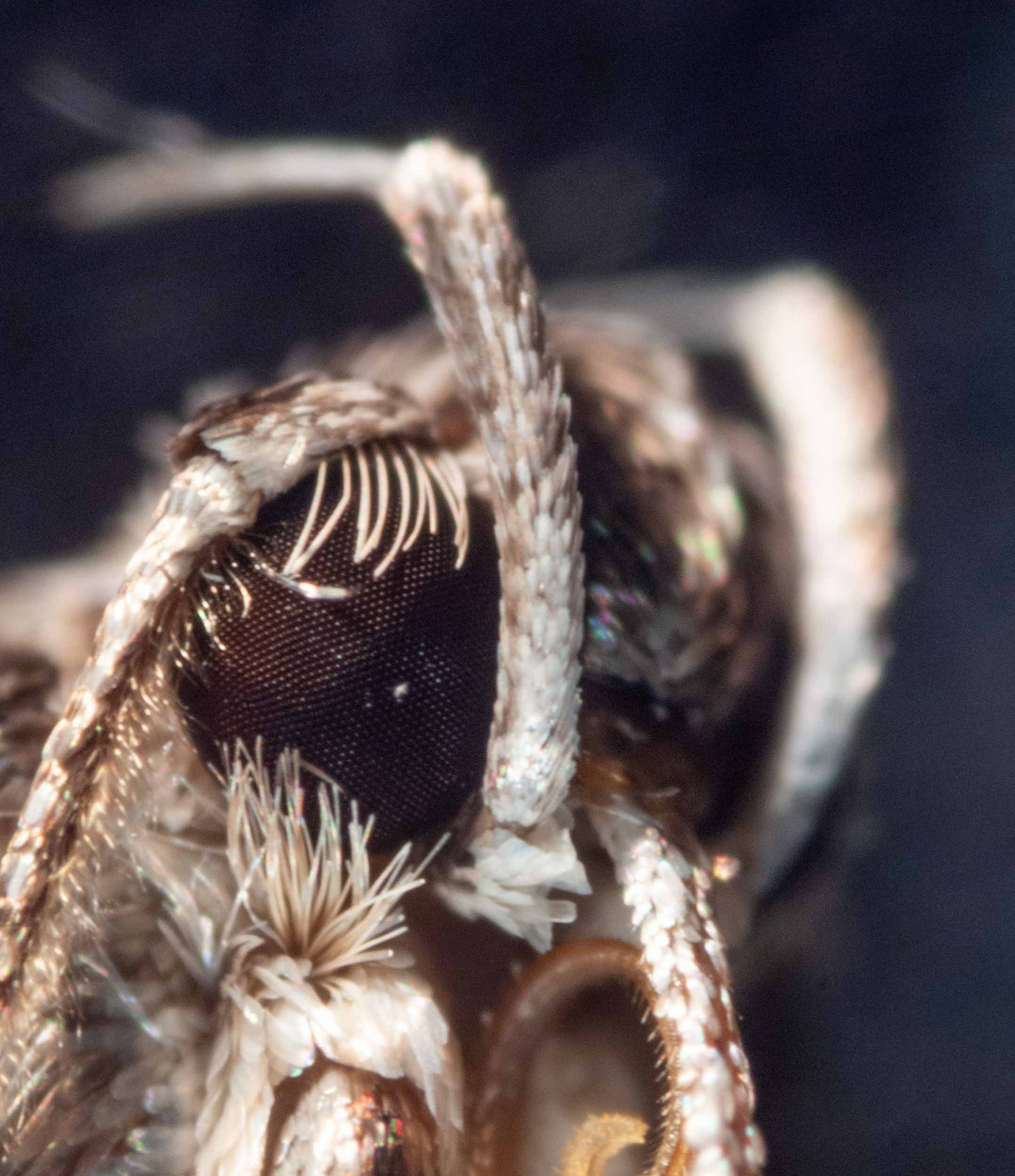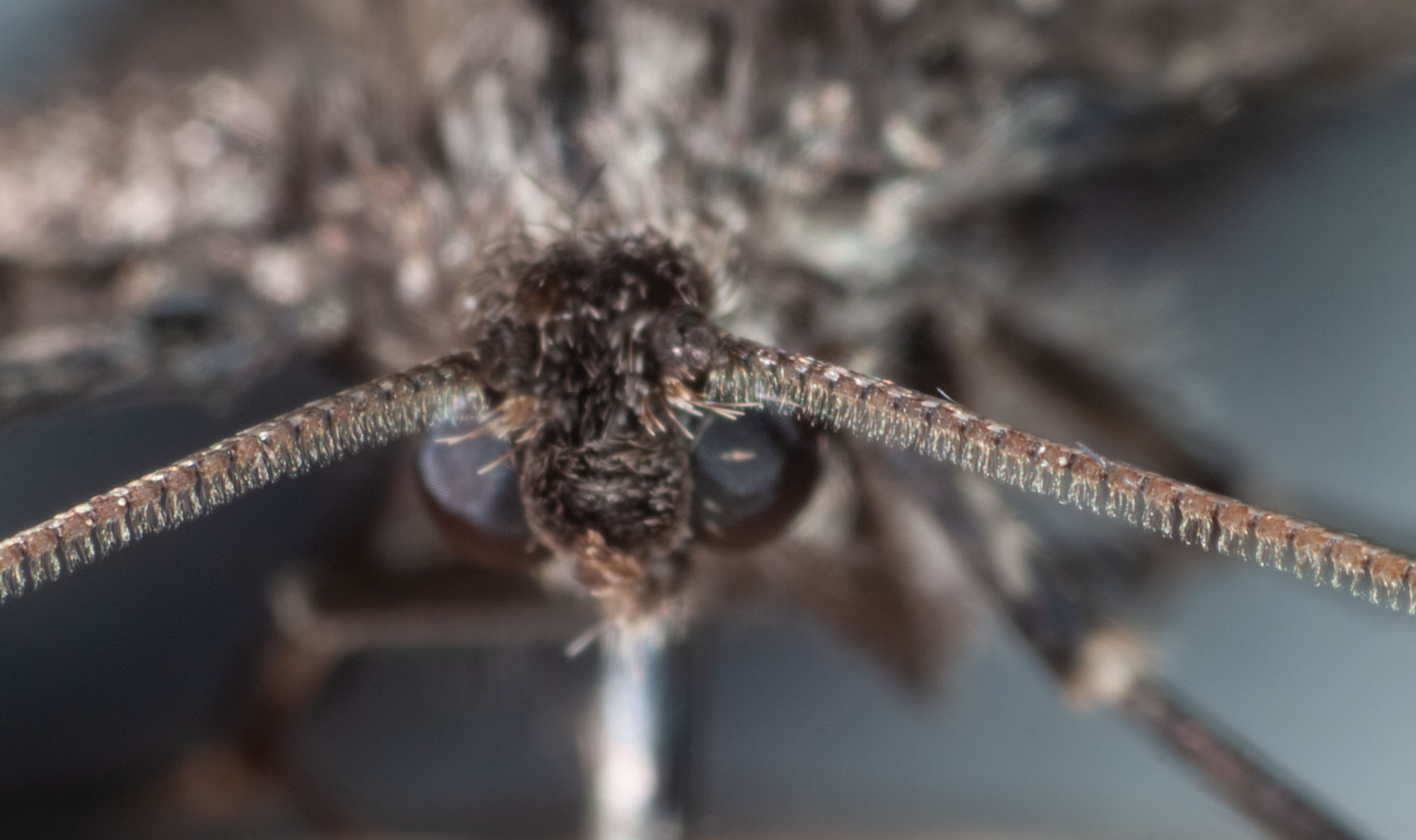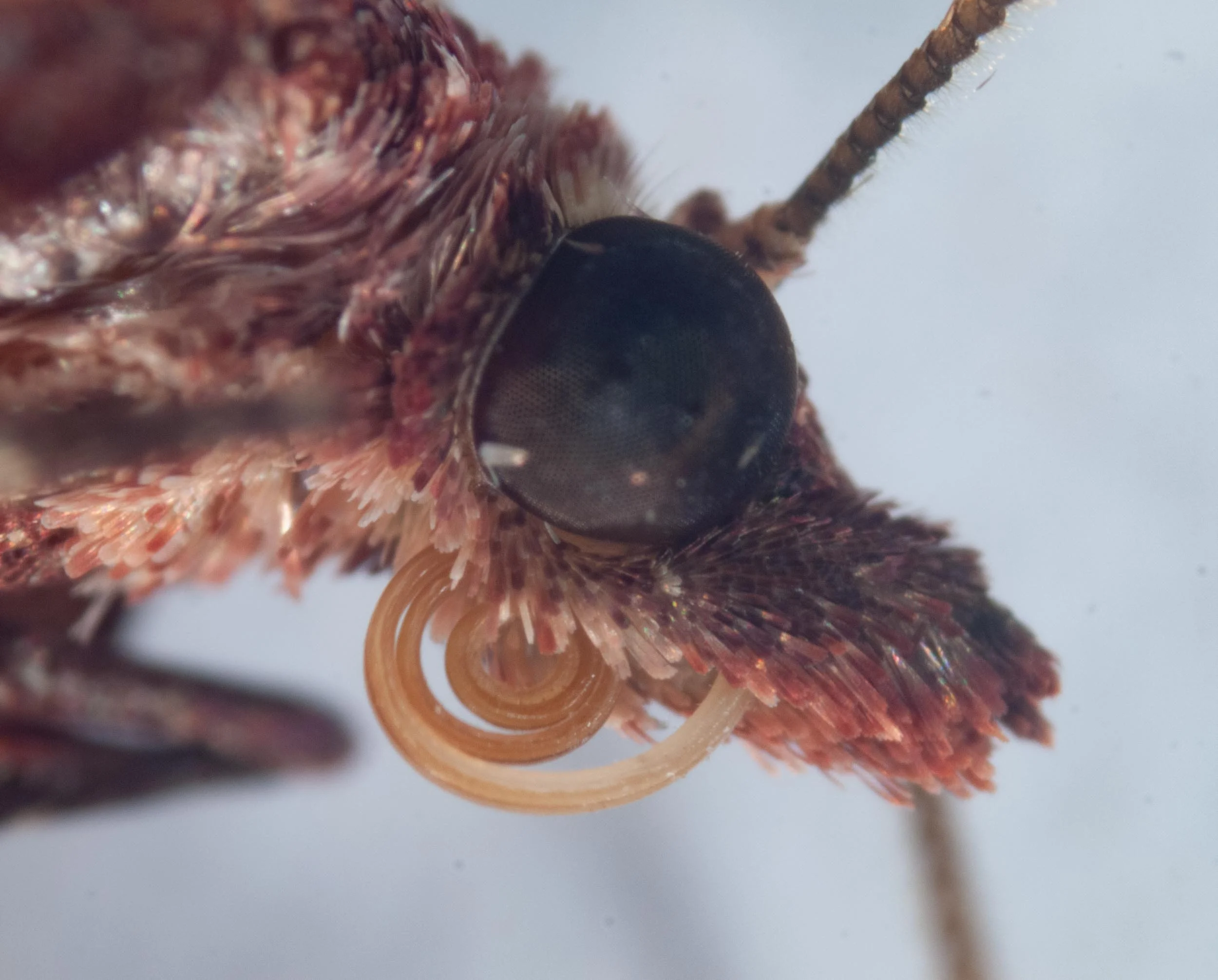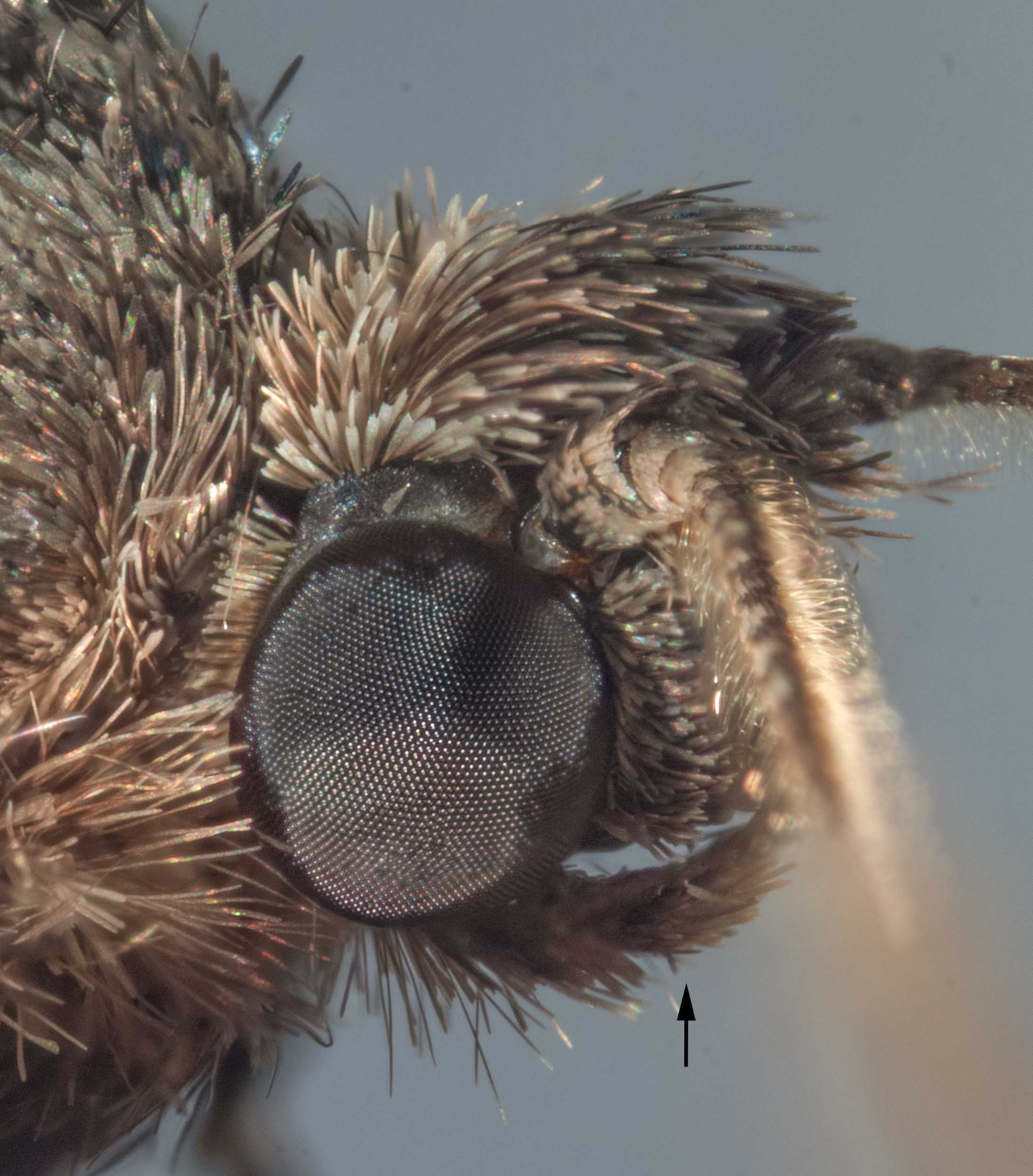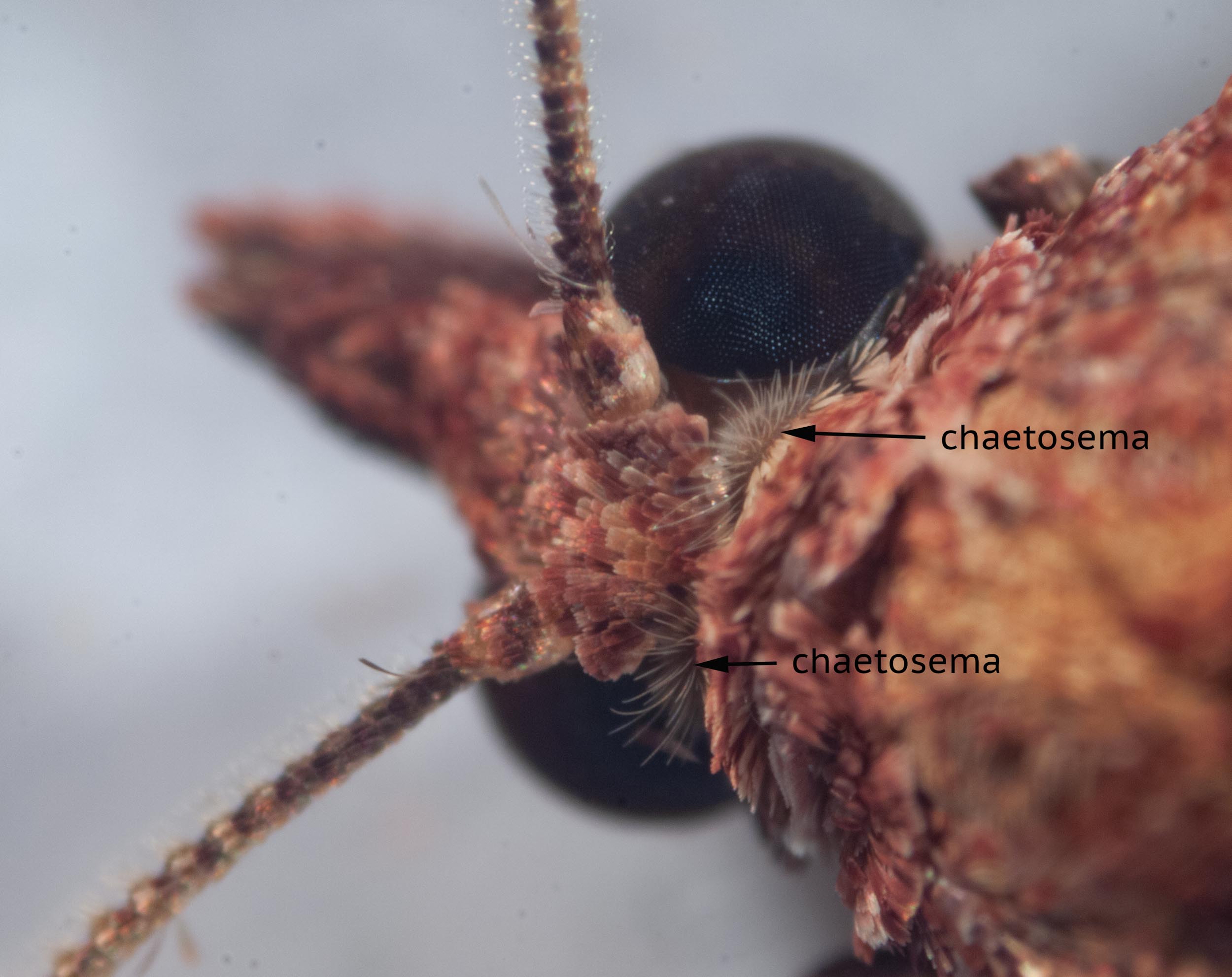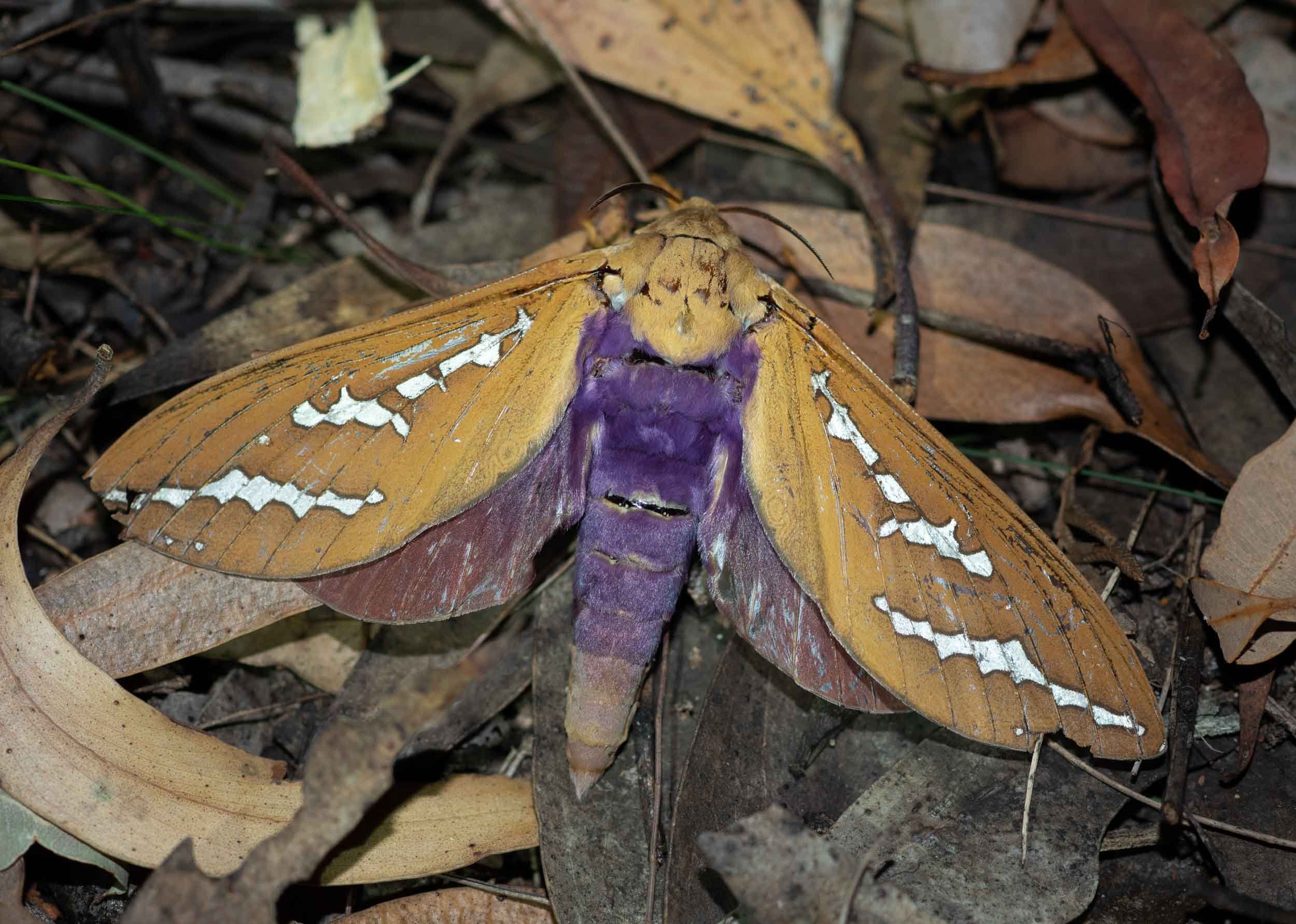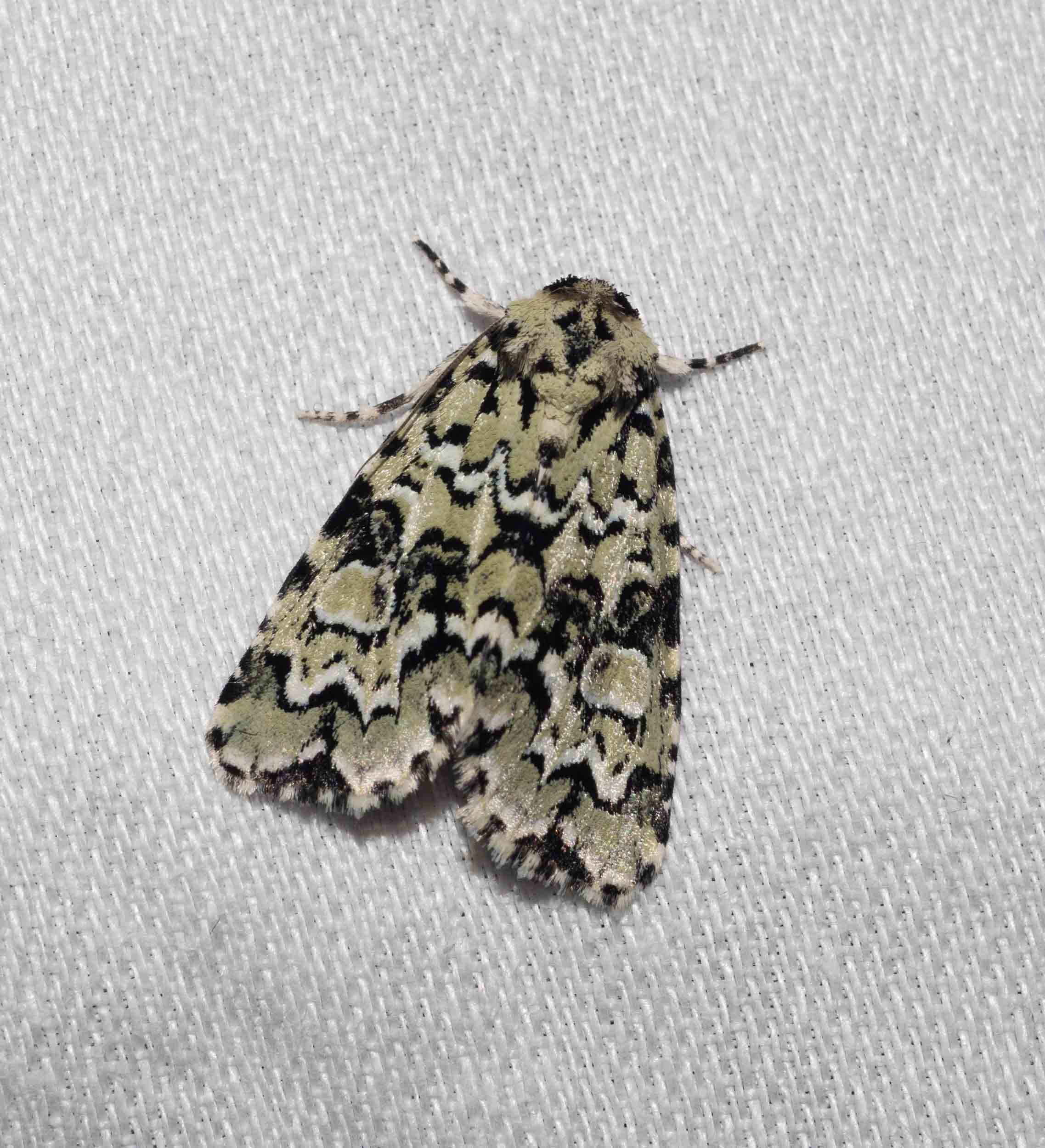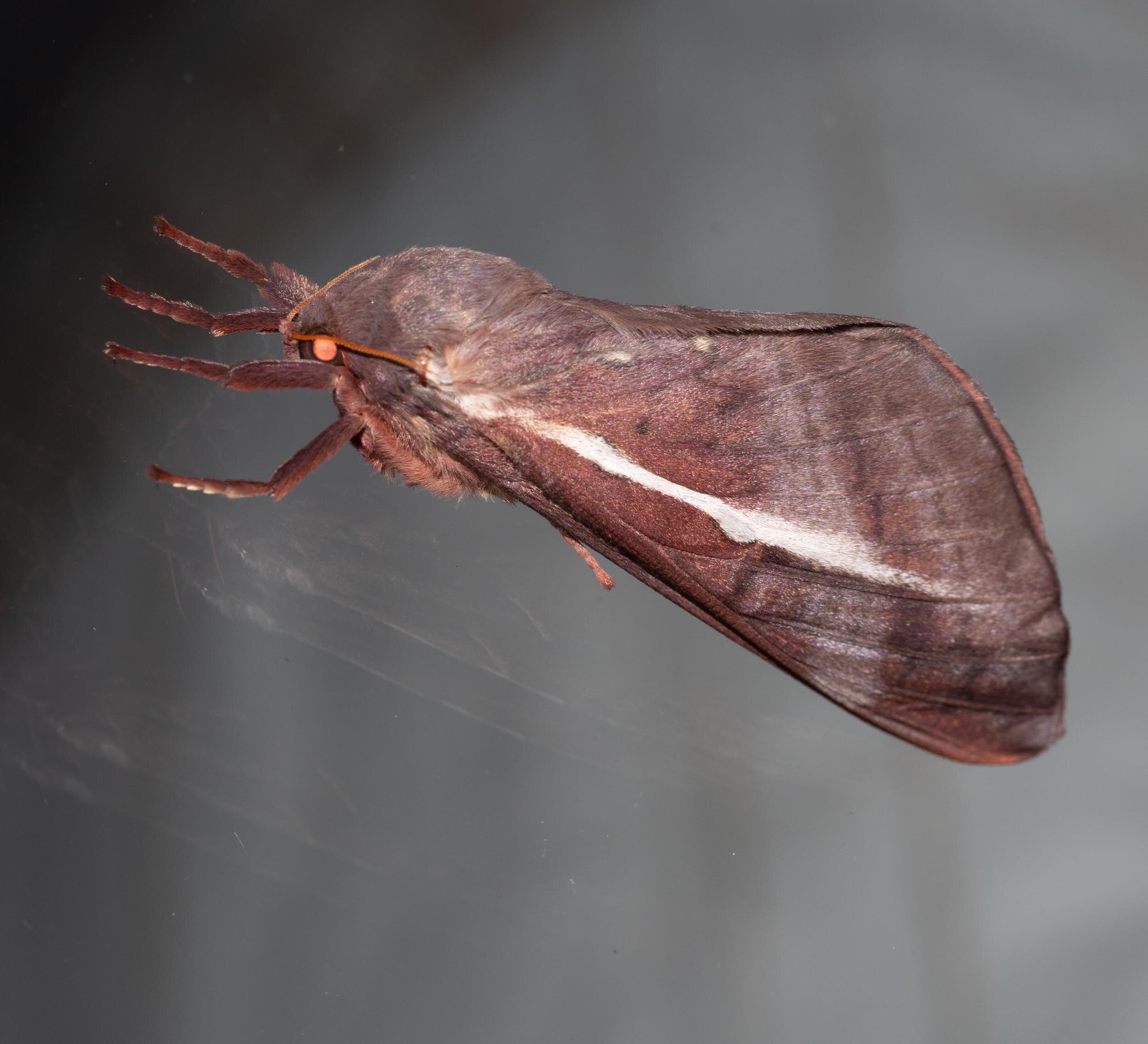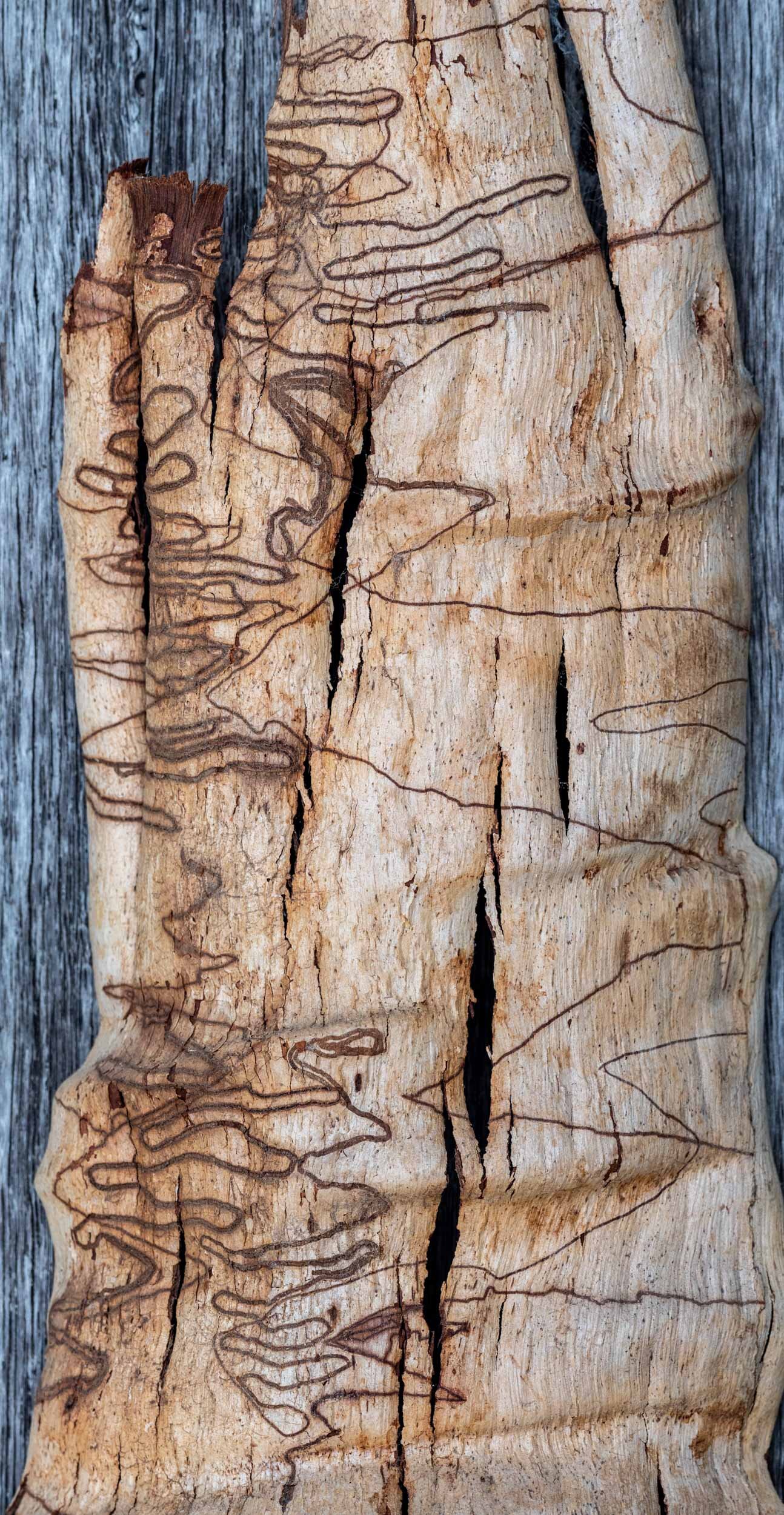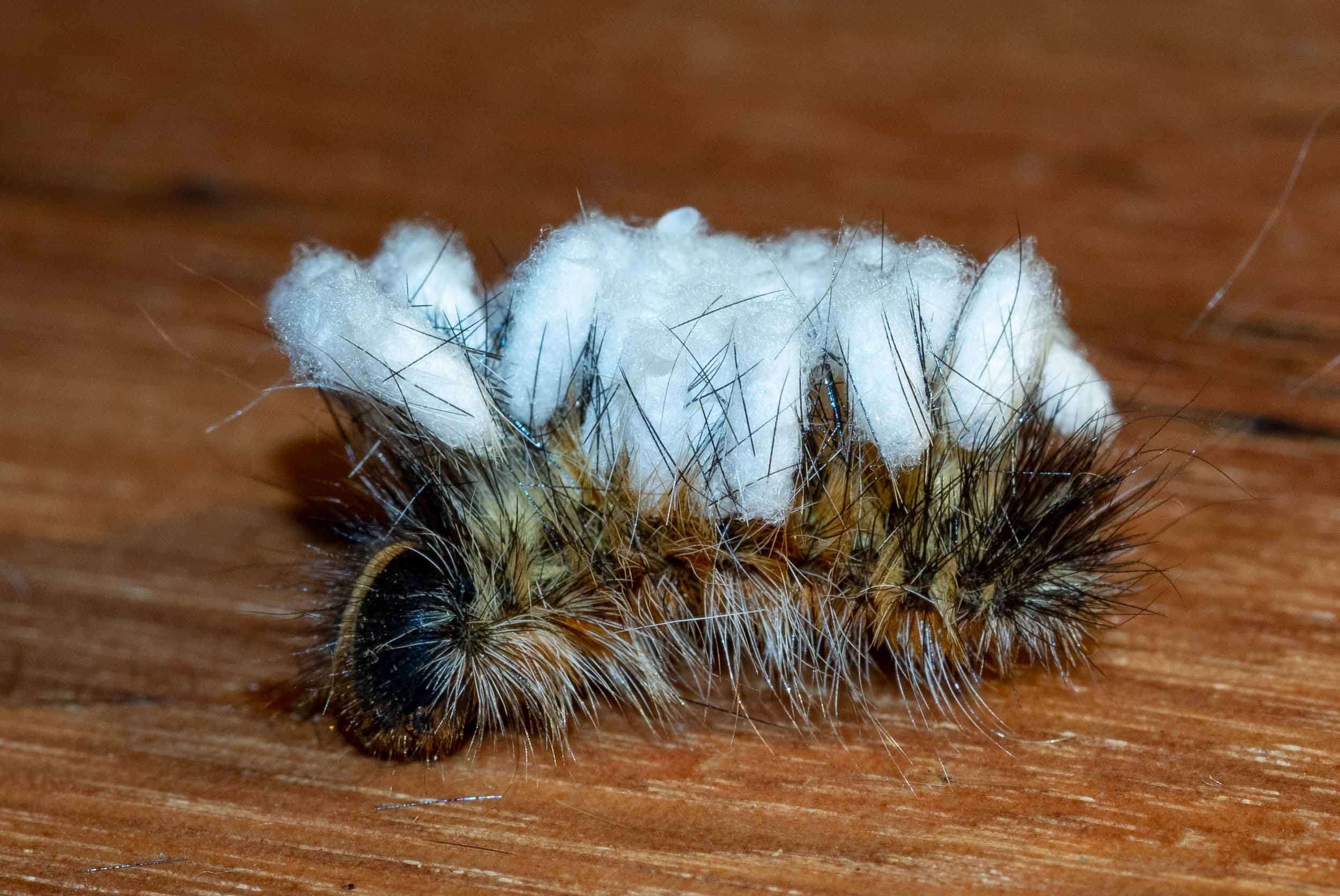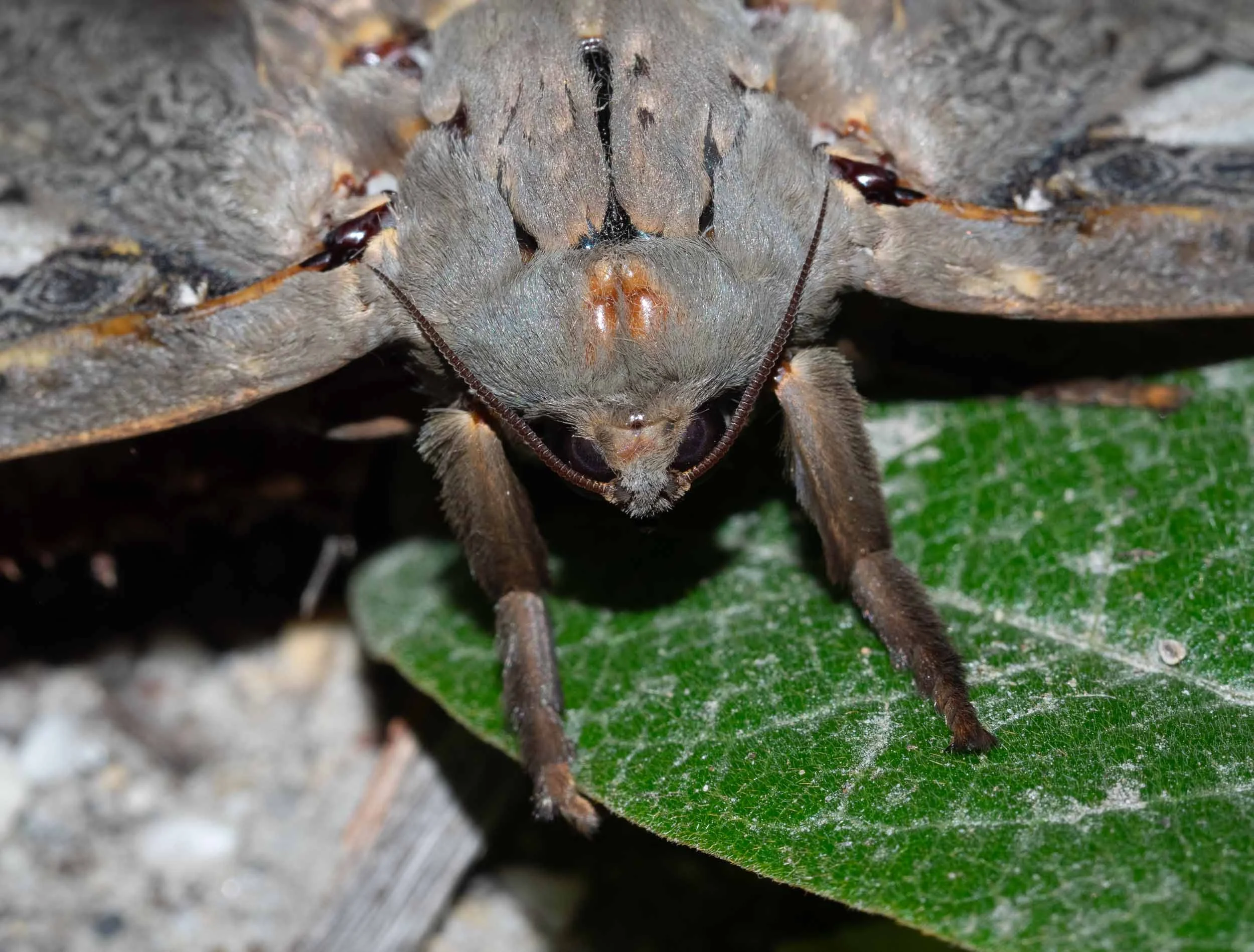Facing up to moths
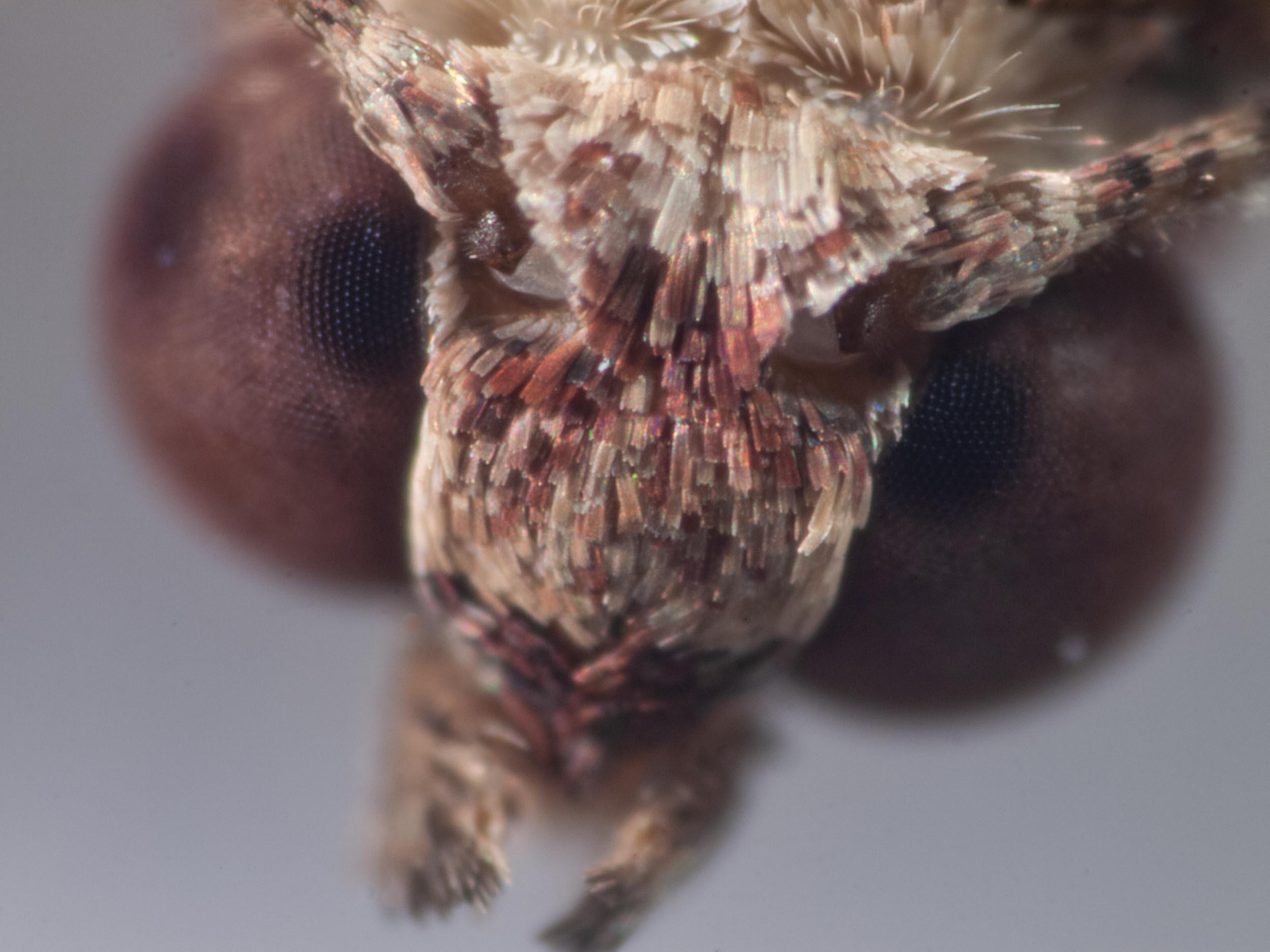
A close-up view of a small living thing can give insights into how it functions - as well as revealing its hidden beauty.
A moth’s head, indeed its whole body, is clothed with a dense covering of scales. These come in a variety of shapes, sizes and colours. They give the Order to which moths and butterflies belong its name - Lepidoptera. lepis and pteron are Greek for ‘scale’ and ‘wing’.
Eyes
This panel of photos also serves to illustrate the most prominent organs on a moth’s head - the compound eyes. Each eye is made up of hundreds of individual units - ommatidia - arranged in a precise register.
Some moth families have an additional pair of eyes, ocelli, located just above the compound eyes (arrowed in the image below). Contrast this simple structure with the complex mosaic in the compound eye - it looks like an orphaned ommatidium!
Diamondback Moth Plutella xylostella (Family Plutellidae)
Antennae
The antennae of a moth are relatively long. They house hundreds of receptor cells, chemoreceptors, which detect specific air-borne chemicals. Lacking a nose, a moth uses its antennae to help it locate food and sexual partners.
Lepidoscia sp. Family Psychidae
The males of some (but not all) moth species show elaborate branching of their antennae. This provides space for a large number of chemoreceptors, enabling the male to better detect pheromones released by the female.
detail of antenna of male Thick-lined Bark Moth Didymoctenia exsuperata
Proboscis
A long coiled tube, the proboscis, tucked under the head, is used to extract nectar and pollen from flowers. The proboscis is formed by locking together two separate long, strap-like structures called galea, which are extensions of the maxilla. This method of forming a sucking proboscis is unique to the Lepidoptera.
the ‘generic’ set of insect mouthparts illustrated by the grasshopper - modified from Fig. 1.4 in The Insects of Australia. 2nd ed. CSIRO.
The maxilla is one of the four basic insect mouthparts, the others being the mandible, labrum and labium.
This diagram shows these mouthparts in a grasshopper, a chewing insect in which they are relatively unmodified.
Note the extensions on the maxilla and labium, called palps.
In different insects, this basic set is modified to produce mouthparts for diverse functions such as biting, chewing, piercing, siphoning or sucking.
In all but the most primitive families, adult moths have lost their mandibles or they are vestigial.
These images show the galea in the process of zipping together in a newly eclosed butterfly. Check out Kerri’s post for a detailed look at how butterflies use their proboscis in feeding.
In some families of moths, the proboscis is wholly or partly covered in scales. In others, it is naked.
The proboscis also contains an array of chemoreceptors - as one might expect from a structure involved in feeding. Some of these detect food molecules such as sugars and amino acids.
Others sense volatile molecules such as carbon dioxide and probably help the moth to locate potential host plants for its larvae.
Labial palps
A pair of labial palps project forwards from a moth’s face. These too are covered in scales and possess sense organs at their tip.
The shape and size of the palps can be a useful feature for identifying the family to which a moth belongs. Moths from the family Geometridae have short, forward pointing or slightly upturned labial palps.
Moths from the families Psychidae and Plutellidae have somewhat longer, forward pointing labial palps.
Moths in the superfamily Gelechioidea have long palps, which are sickle shaped, curving upwards and backwards.
Other Sense Organs - Chaetosemata
Some moths, including those from the families Geometridae and Tortricidae, have a pair of special sense organs, called chaetosemata, located behind the antennae. These consist of a cluster of sensory hairs, which are thought to detect air movements and in some cases, function as hearing organs. They also register head position and movements.
Placing Moths in Families
Identifying a moth can be a challenging task, which is made much easier if you can first work out which family it belongs to. If you know the combination of above features possessed by your moth, you can often deduce this.
For example, if your moth has a naked proboscis, lacks an ocellus but has a chaetosema and short, forward pointing labial palps, you can be confident it belongs to the family Geometridae.
On the other hand, if it has a scaled proboscis, lacks ocelli and chaetosomata but has sickle shaped labial palps, it must belong to the superfamily Gelechioidea.
You will need to look closely to discern these features, but your effort will likely be rewarded! If nothing else, you will come to a better appreciation of the beauty of these often under-appreciated creatures.


